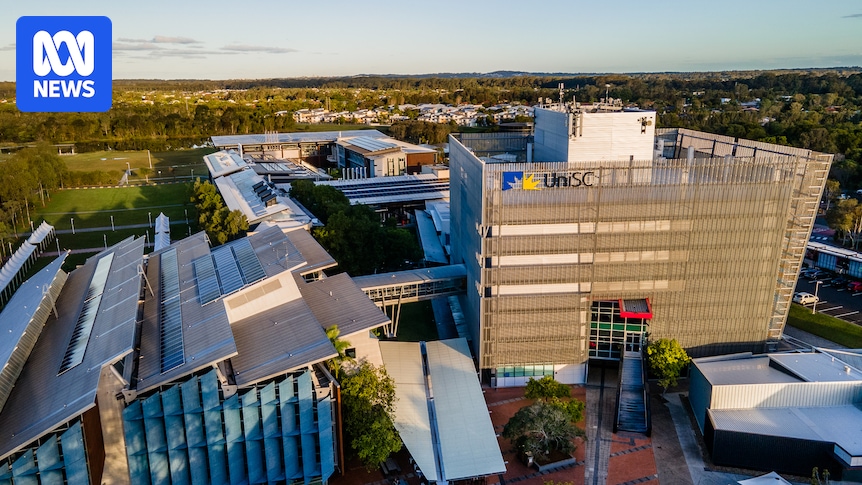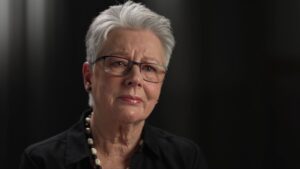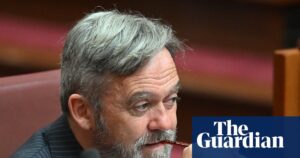
Cuts to science agencies in the United States are causing significant disruption in regional research projects managed by universities across Australia. Under the administration of former US President Donald Trump, the National Oceanic and Atmospheric Administration (NOAA) faced substantial budget reductions, leading to thousands of job losses. The NOAA, which collects real-time data from a variety of sources, plays a crucial role in forecasting seasonal conditions. The impact of these cuts is being felt far beyond US borders, affecting Australia’s scientific community.
Australia’s Bureau of Meteorology (BOM) often relies on US data for its ACCESS model, which is essential for producing daily weather forecasts. Andrew Watkins, a research associate at Melbourne’s Monash University and former head of long-range forecasts at the BOM, expressed concerns about the reduced access to vital datasets. “We know in the meteorological community that early warnings save lives, so the ability to put out early warnings of dangerous weather and climate events will be reduced if we don’t have as much data,” Dr. Watkins stated.
Ripple Effects on Regional Research
The ramifications of US funding cuts extend beyond meteorology. Academics at Australian universities warn that the deregulation of science in the US will have a ripple effect on regional research. Regina Souter, who leads the International Water Centre at Queensland’s Griffith University, has seen her work on clean water and sanitation in the Pacific Islands paused due to USAID cuts. The projects, which relied on NOAA satellite data, are now in jeopardy.
“The Pacific Island countries are facing increasing challenges around water security as a consequence of climate change,” Dr. Souter said. “One of the projects funded by USAID was put on hold, which hampers our ability to identify effective development next steps.”
As a result, the UNICEF project had to seek alternative funding sources, leading to a significant scale-back in operations.
Cultural and Academic Concerns
The cuts have also fostered a climate of fear among Australian academics. University of the Sunshine Coast associate professor Gail Crimmins highlighted concerns that US research policy changes could discourage collaboration. “The edict to report colleagues engaging in activities around equity, diversity, inclusion creates a culture of fear and suspicion we haven’t seen since the McCarthy era,” she noted.
Dr. Crimmins emphasized the difficulty in finding researchers willing to publicly acknowledge the impact on their work, fearing potential repercussions on their careers.
Exploring New Partnerships
Amidst these challenges, Australian researchers are considering alternative partnerships. A regional Queensland climate and marine scientist, who wished to remain anonymous, described the uncertainty in accessing NOAA data. “One hour I could get the data, and the next hour it was down,” he explained. “Without access to earth system models, we can’t make projections or assess risks.”
Associate professor Naomi Barnes from the Queensland University of Technology (QUT) mentioned that her team is looking towards Europe for collaboration. “Part of our grant was an international collaboration funded by the Australian government. We were going to the US, but now we’re considering Europe,” she said.
“In my field, people are more likely to avoid working with the US for the foreseeable future,” Dr. Barnes added.
Calls for Federal Support
In response to the uncertainty surrounding US-Australian projects, there are calls for the Australian federal government to provide support. Dr. Barnes suggested that federal backing would enable researchers to continue their work independently of US policies. “We need to find a way to not be reliant on the US, as our national priorities no longer align,” she argued.
In a statement, the Australian Department of Education highlighted its ongoing investment in research, projected to reach approximately $15.14 billion by the 2025-26 financial year. The department is actively monitoring changes to joint projects with the US.
“Across the Australian government, total investment in research and development is projected to reach about $15.14 billion in the 2025-26 financial year,” the statement read.
Meanwhile, Australia’s Department of Foreign Affairs and Trade reaffirmed its commitment to supporting aid work in the Pacific, emphasizing a re-prioritization of development assistance to focus on the Indo-Pacific region.
As Australian researchers navigate this new landscape, the emphasis remains on securing alternative funding and data sources to sustain vital scientific endeavors.






